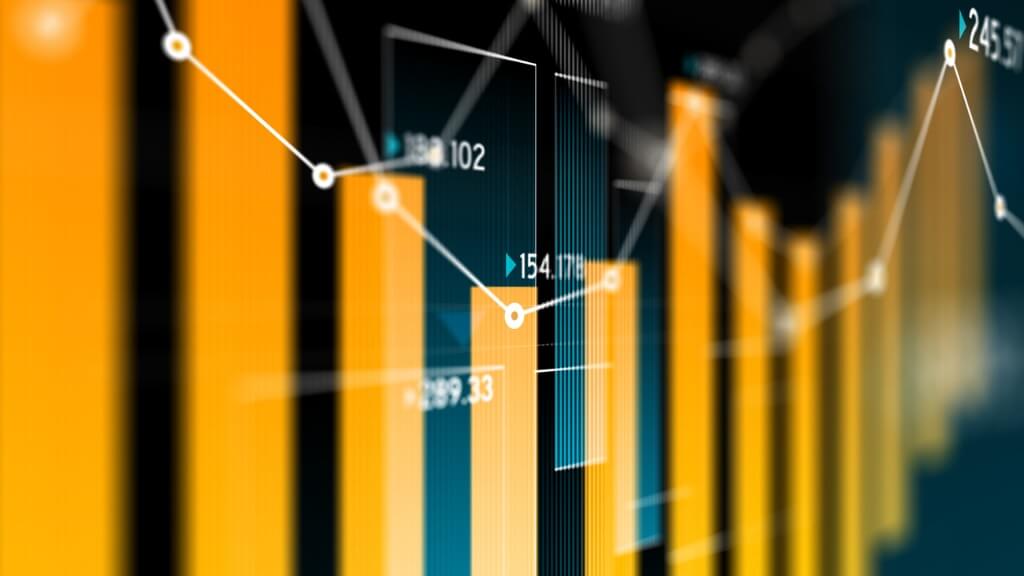Graph pioneer Emil Eifrem says that if you want to see the future for a technology, ask how Google is using it
Lessons From Google: The Synergy Of AI And Graphs
Graph pioneer Emil Eifrem says that if you want to see the future for a technology, ask how Google is using it

If you want to know what an enterprise technology adoption curve looks like in the real world, then look at what Google does with it.
What’s the basis for saying this? It’s certainly true for the area I work in, the field of graph technology. After all, graph database software was originally custom-built and used internally by game-changing companies like Google, and many others.
Facebook openly said its early work was all about digitising people’s social graphs, and LinkedIn was an early graph database convert.
In Google’s case, the company knew it had to develop a way to find to find connections between people, places, locations in data - essentially what came to be known as a graph database - in order to support its world-beating Google search algorithm.
Google has repeated this move, by putting graphs into its Machine Learning – a move which has great significance for the whole enterprise software market. Google’s reasoning is that AI data structures eventually always need to involve something like a Knowledge Graph.
This is an abstracted map of a data structure that can be composed of millions of items (or nodes), out of which relatedness, the connections that make all these items significant, can finally emerge.
NASA found this when it built a system to make better internal and mission use of all of its vast, but unconnected, silos of lessons learned from projects dating back to the 1960s. NASA generated an extremely useful Knowledge Graph that it is still being used extensively today.
And in 2016, Google published a blog that showed that it had reached the same conclusion. If you do a serious level of Machine Learning work, having a graph database to help organise and clarify the results is hugely valuable.
Google’s latest graph-based move is to put graphs into the centre of its Machine Learning.
In a paper entitled Graph-powered Machine Learning at Google, says, “A technology that is behind many of the Google products and features you may use everyday, graph-based Machine Learning, is a powerful tool that can be used to power useful features such as reminders in Inbox and smart messaging in Allo, or used in conjunction with deep neural networks to power the latest image recognition system in Google Photos."
Google engineers say they are establishing how to develop a “semi-supervised” learning approach for their ML software agents, namely a way to build systems that can work in situations where training data may be sparse using graphs.
In practice, semi-supervised learning bypasses a very common Machine Learning bottleneck – the need to hand-label training data. Rather than soliciting more manual input, the idea in semi-supervised learning is to leverage useful task and domain-agnostic assumptions in order to better classify the raw data stream.
Graph software is able to do this, Google engineers note, by being able to work with labeled and unlabeled data equally well during training. As a result, builders of an AI app can easily combine multiple types of signals or features into a single graph representation, and learn over them.
The power of social network knowledge is amplified by AI
Graph-supported ML is now being applied to vast graphs containing billions of nodes and trillions of edges at Google to do a whole range of highly useful things, such as recognise and understand concepts in natural language, images, videos, and queries. This is in turn “powering Google products for applications like reminders, question answering, language translation, visual object recognition, dialogue understanding, and more”.
If you want to see the future for a technology, then ask if Google is using it, and how it’s being applied, and you’ll see. Why does this matter? Huge systems like Google, as they become increasingly applied and indispensable will only help deepen and make more explicable what social graph researcher James Fowler calls our ‘Connectedness’ – the social networks that shape our lives.
As Fowler’s co-author Nicholas Christakis puts it, “We discovered that if your friend's friend's friend gained weight, you gained weight. We discovered that if your friend's friend's friend stopped smoking, you stop smoking. And we discovered that if your friend's friend's friend becomes happy, you become happy.”
Just imagine what a combination of AI, Machine Learning and graphs could do. Google already has. Are we going to let Google alone reap all the rewards?
The author is CEO and Co-Founder of Neo4j, the world’s leading graph database company.
Thanks for signing up to Minutehack alerts.
Brilliant editorials heading your way soon.
Okay, Thanks!


